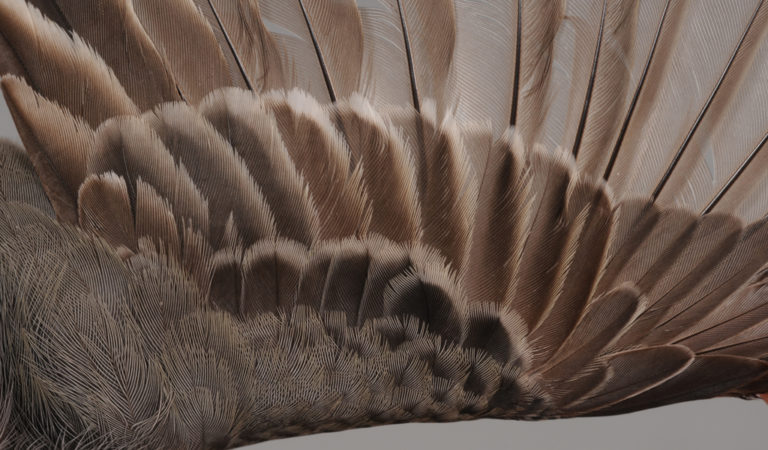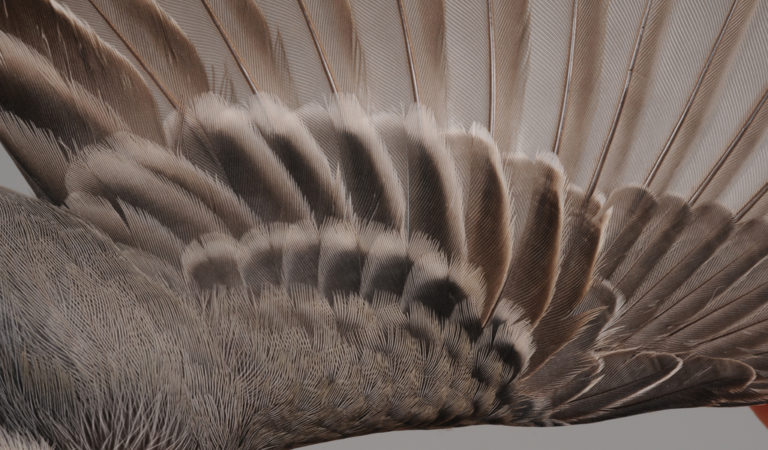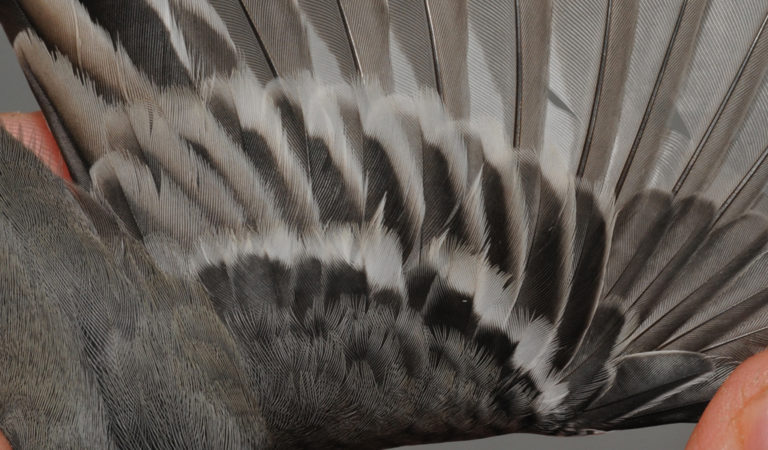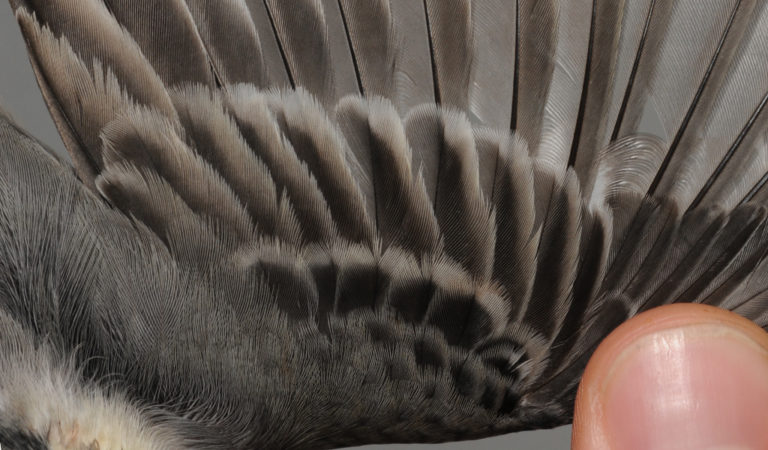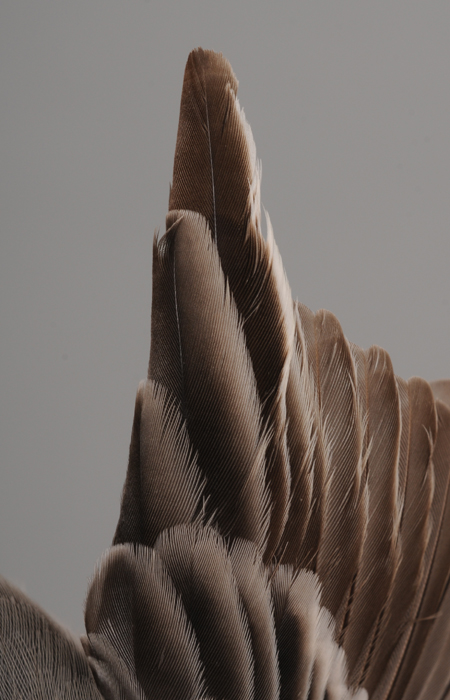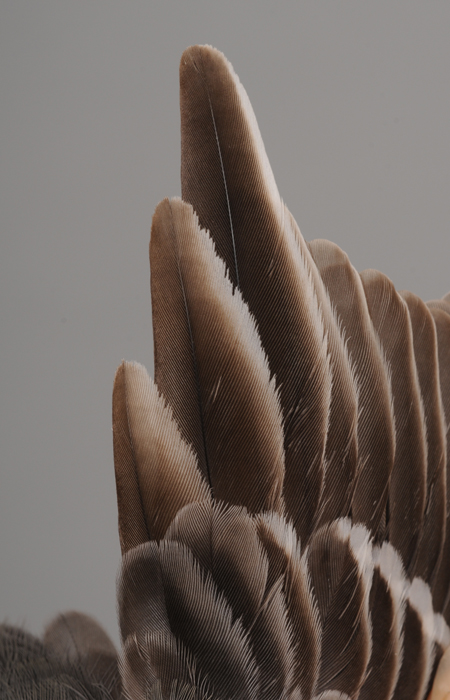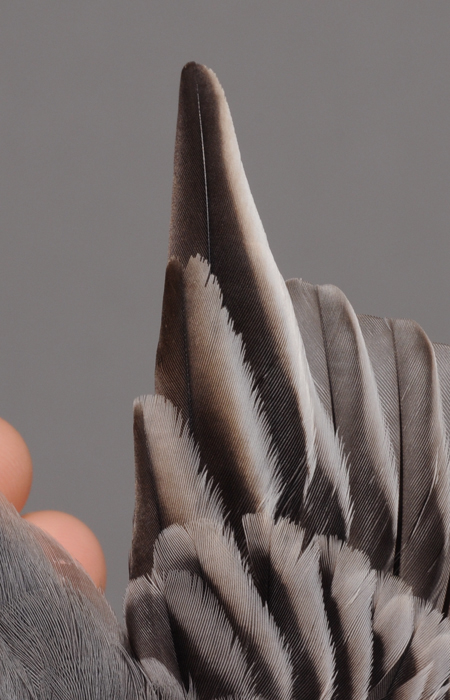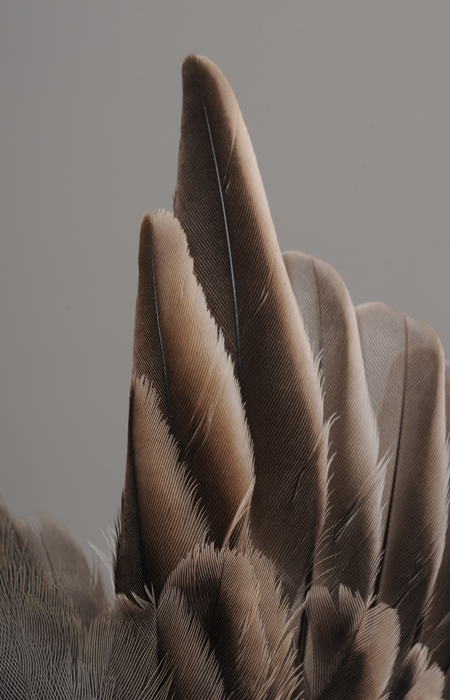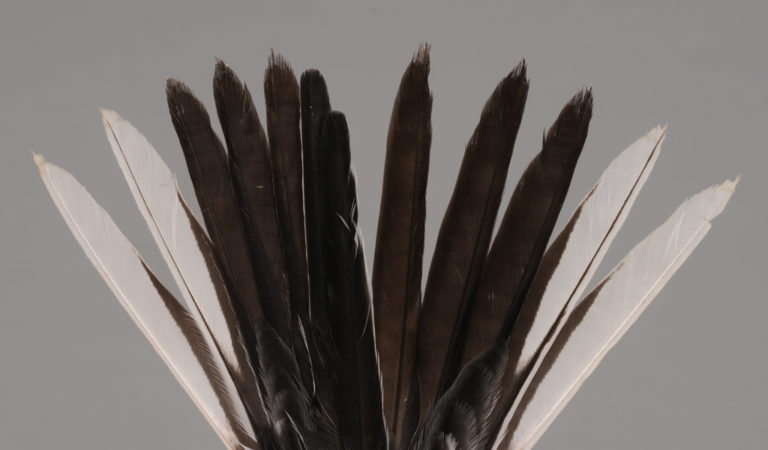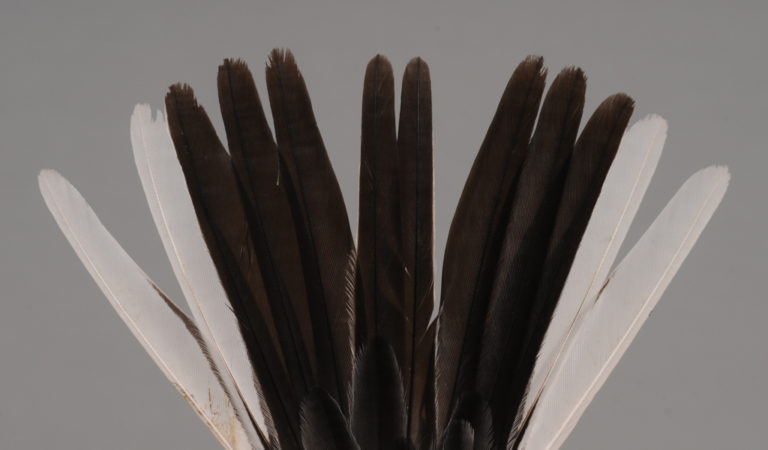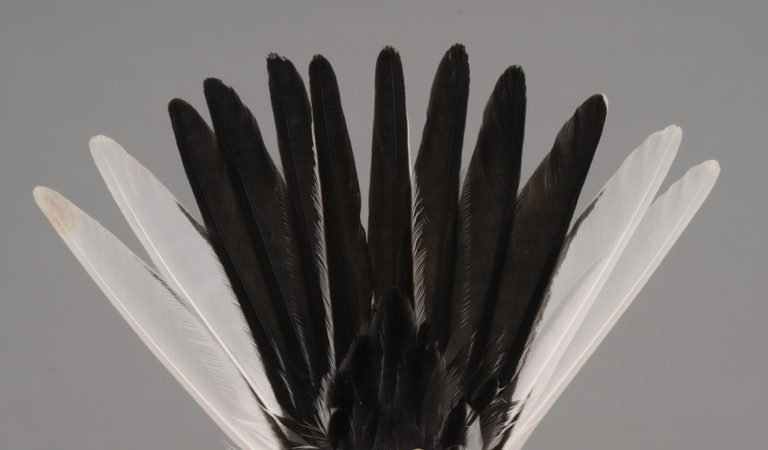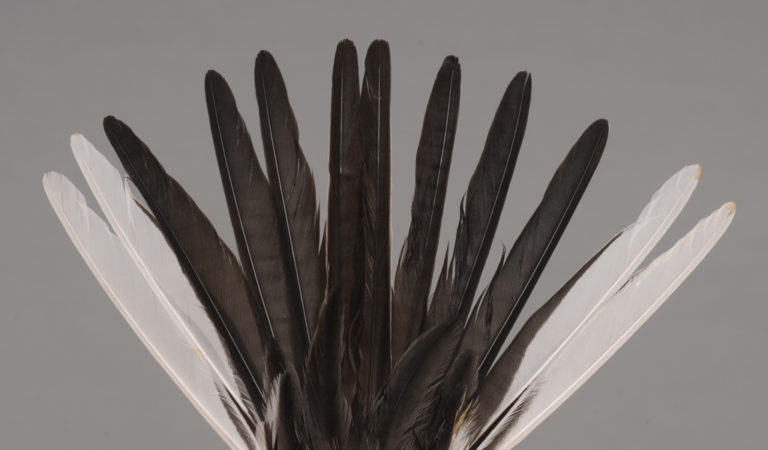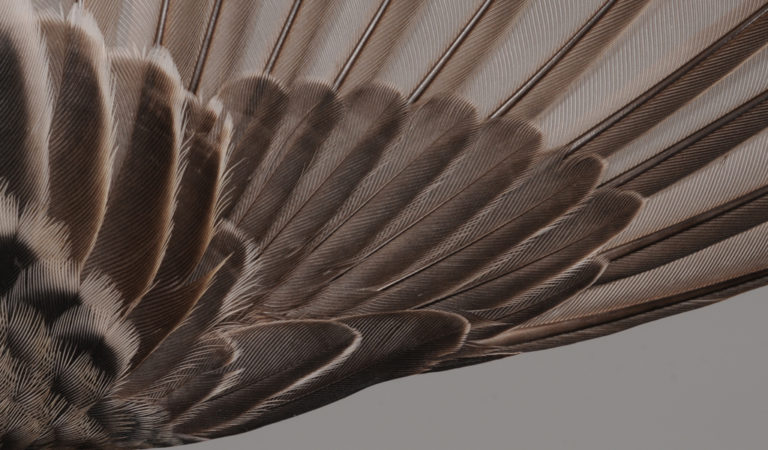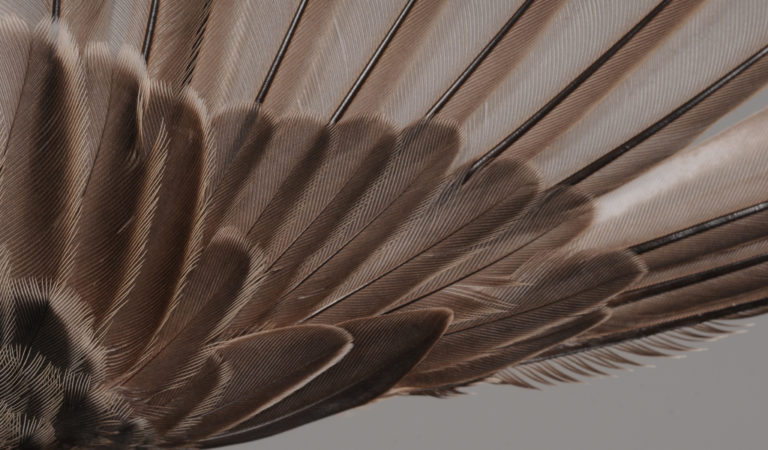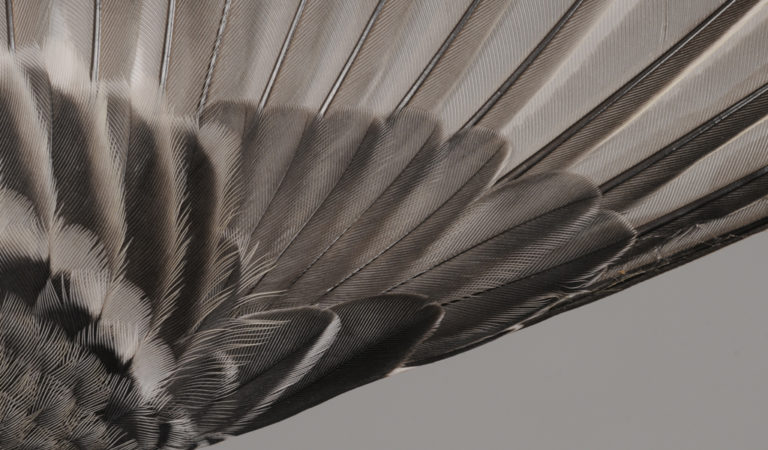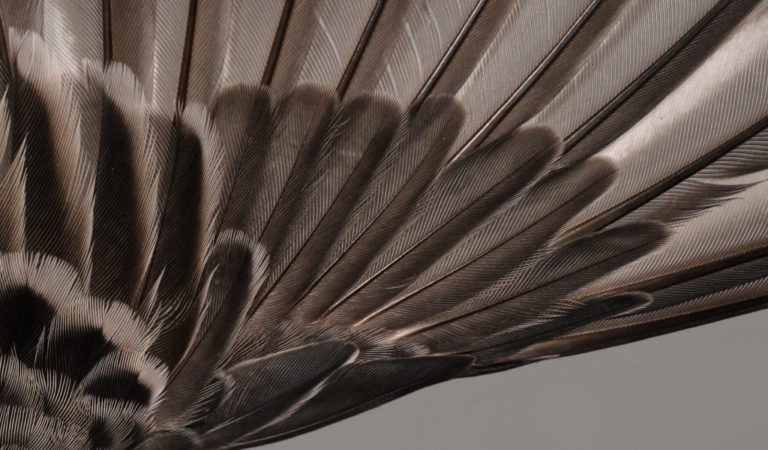Here you can read more about which cookies are being set.
Functional cookies come from the current website (ringersdigiguide.ottenby.se) and place cookies in the visitor's browser. Functional cookies help make the website usable by enabling basic functions and saving the choices you make. Functional cookies are always enabled to ensure the website functions as optimally as possible.
[moove_gdpr_popup]
This cookie is used by GDPR Cookies Compliance to store cookie consent preferences.
Placed by: ringersdigiguide.ottenby.se
Expiration: 365 days
[elementor]
This cookie is used by Elementor to store performed actions on the website.
Placed by: ringersdigiguide.ottenby.se
Expiration: Persistent
[wp-api-schema-model*]
This cookie is used by Wordpress.
Placed by: ringersdigiguide.ottenby.se
Expiration: Session



